Breathe better to surf bigger
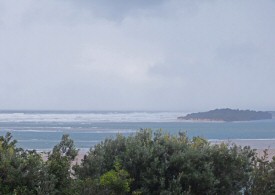 In his latest blog, which is the first of a three-part series, Ryan Huxley describes how to breathe properly to calm your mind, body and increase your oxygen saturation to push into larger surf. These techniques have helped him over the years to get comfortable in the big waves.
In his latest blog, which is the first of a three-part series, Ryan Huxley describes how to breathe properly to calm your mind, body and increase your oxygen saturation to push into larger surf. These techniques have helped him over the years to get comfortable in the big waves.
Last night the complex and much anticipated low pressure system marauding its way from the Tasman arrived on the mid-north coast. Usually I wake to draw the curtain upon a peaceful tree fringed lagoon with an inviting surf able river mouth further afield, separated by a gentile Rockwall. Today I was met with a tirade of torrential rainfall fanned horizontally by southwest winds approaching 100km/hour. Huey was also in prime form, mercilessly detonating 8.4 meter of south swell upon the coast, in the process encroaching the Rockwall and spewing white foam avalanches into the tidal lagoon. A short drive to the fringe of the National Park provided similar scenes of destruction. This swell just happened to coincide with Australia’s highest tide since 1974, the resultant beach and sand dune degradation the worst I have ever witnessed on this stretch of coast.
Despite the drama of this climatic event, for a surfer it’s hard not to get excited about a swell this big. While other members of our coastal communities retreat and curse mother nature for delivering her fury, surfers barely sleep, overwhelmed with excitement too dust off big wave guns that have not seen the light of day for many months. I could palpably feel the excitement running through my body this morning, in the process draining my adrenal glands and much needed energy. During these moments I find controlled breathing exercises, referred to in Yoga as Pranayama very helpful to calm nervous energy, and prepare my lungs, mind and body for the inevitable hold -downs involved in tackling big waves.
Over the coming weeks I will run through the major forms of Yogic breathing, detail how they benefit our health, our surfing, and explain simple examples that you can practice yourself. Today we will examine ‘Empowered Thoracic Breathing’. This more simply refers to isolating the breath to the chest. Specialists in holistic therapies often condemn this form of respiration due to the fact that if completed incorrectly it can result in shallow, rapid, irregular breathing. If done habitually this can create physical and mental health problems. Personally I agree with this belief, and recommend smooth diaphragmatic breathing to my clients for activities of daily life (which I will elaborate on in greater detail in coming weeks). However if we learn too safely and correctly isolate the breath to the chest, we increase the capacity of our ribs and spinal joints in this region to physically expand. This increases the surface area of the lungs that cab be oxygenated, improving lung capacity. The practical benefits for this is improved capacity to sustain long hold-downs, paddle with increased endurance and strength due to greater aerobic efficiency, and enhanced capacity to calm ourselves in waves and situations of consequence.
Below I have listed some clear steps to complete ‘Empowered Thoracic Breathing’:
Start in a comfortable seated or standing position. Gently activate your core by tucking your belly button in towards your spine at 50% of your maximum contraction. Keep the front of your ribs relaxed and relatively flat. Avoid flaring your front ribs forwards. Maintain the length or straightness in your spine.
Breathe in through your nose to a slow count of 5, firstly into the front of your chest, then into the sides of your ribcage. It is essential to keep your core on and belly flat, your shoulders relaxed and down, and your face, jaw and neck relaxed. You can tilt your head slightly backwards during your inhalation to maximize airflow into the lungs. If you are unsure whether you are breathing into the correct area take your hands to the side of your chest and feel the side of the chest expand and push the hands out to the side as you inhale/breathe in.

Breathing technique 1
Now gradually exhale through the nose to a steady count of 5, feeling the sides of your chest or ribcage return to the pre-inhale position along with the front of your chest.
Repeat this process 10 times, and then rest by breathing into your belly for 5 breaths. You can repeat this technique between 3 and 10 times depending on how you feel you are coping. Remember you may feel light headed or dizzy during this breathing exercise. If this occurs please stop immediately, you have reached your limit. If you wish to add challenge over time you can steadily increase the number of seconds you inhale and exhale for.
To add even more challenge: You can take a broomstick and in a standing position rest it on your thighs. Now applying exactly the same principles as above as you gradually inhale to a count of 5 and with straight arms raise the broomstick to 180 degrees above the head (Refer Image 2). Remember you still keep the shoulders down, core engaged and front ribs tucked in. Now exhale to a count of 5 as you return the broomstick to the thighs. By raising the arms this way you are encouraging the muscles between your ribs to contract, which facilitates greater lung expansion and oxygenation for the body.

Breathing technique 2
Add these breathing exercises to your regular surf fitness practice for best results. I find they are great to complete at the end of your surf fitness session to help wind down, relax, and centre yourself. Believe me they also help prepare you for uncomfortably large waves.
Ryan Huxley is the co-founder and program creator at Surfbodysoul, a website that provides safe, effective, holistic, scientific e-book exercise programs catering for surfers of all age, level and experience. Ryan is a qualified Physiotherapist, Exercise Physiologist, Advanced Yoga and Pilates instructor. His list of pro surfing clients includes Fergal Smith, Chippa Wilson, Anthony Walsh, Paige Hareb, Emi Cataldi & Rusty Miller.
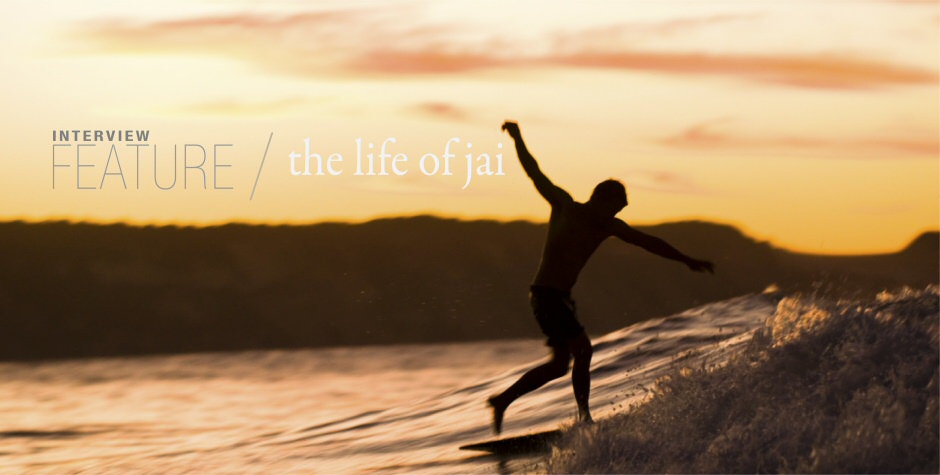
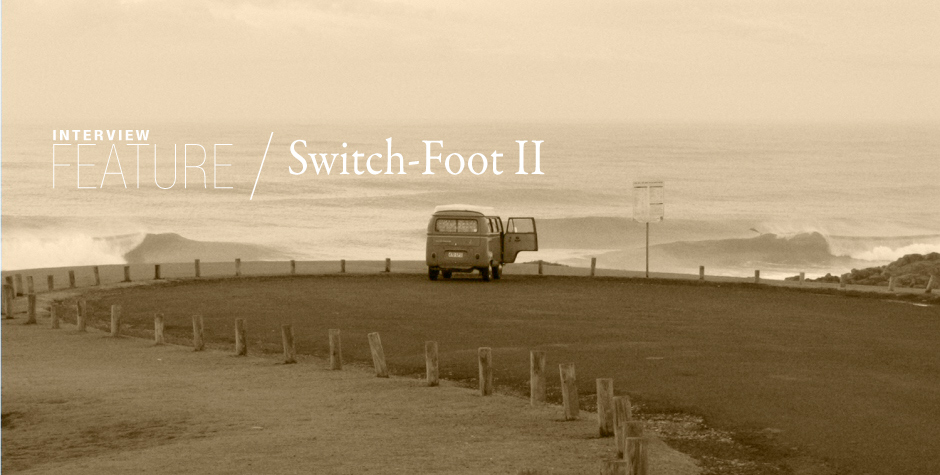
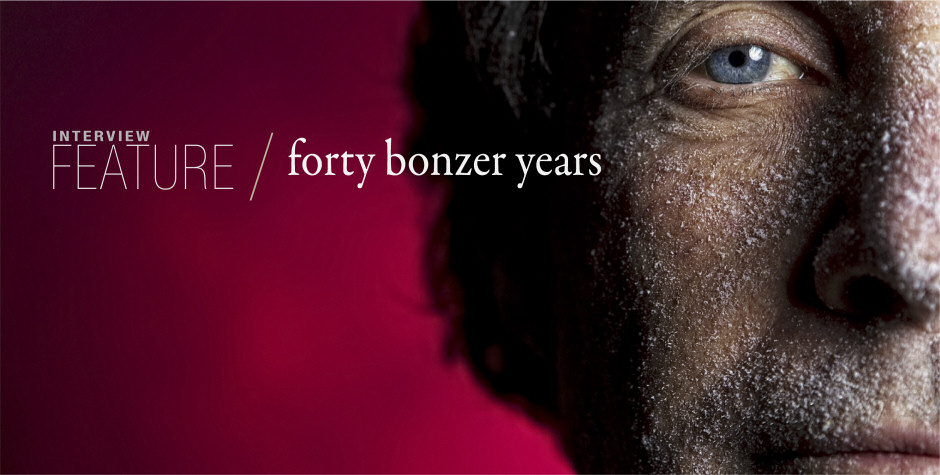
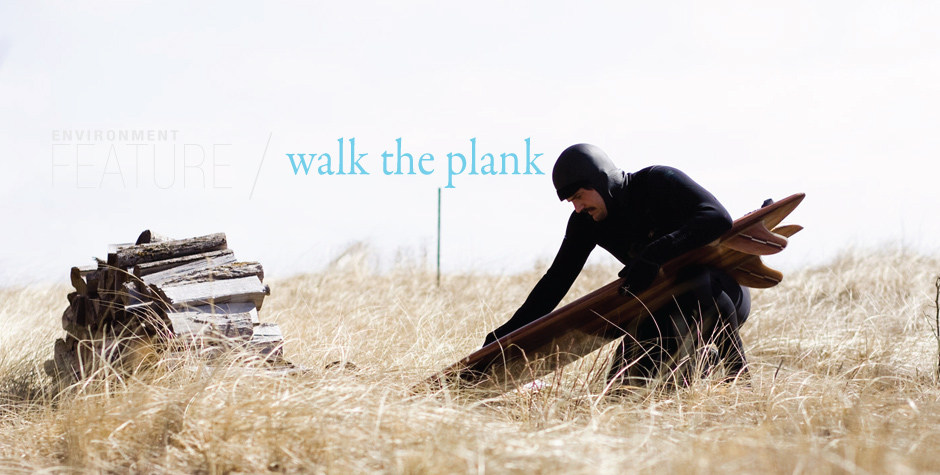
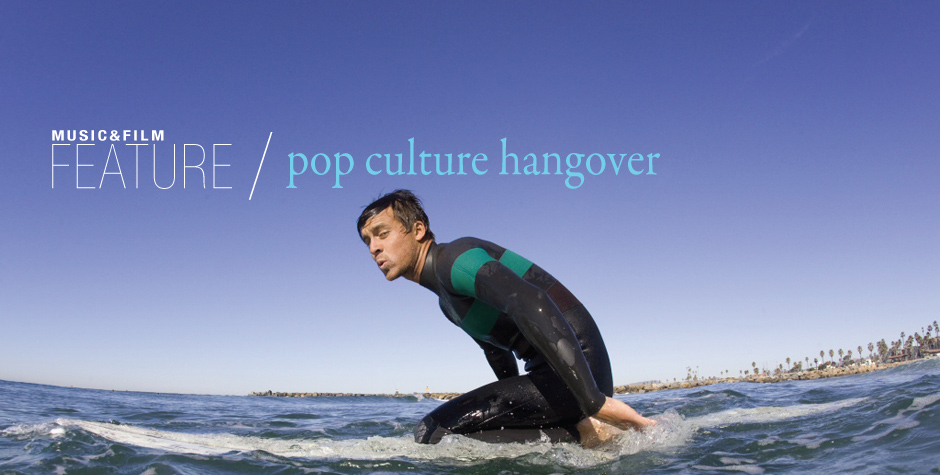
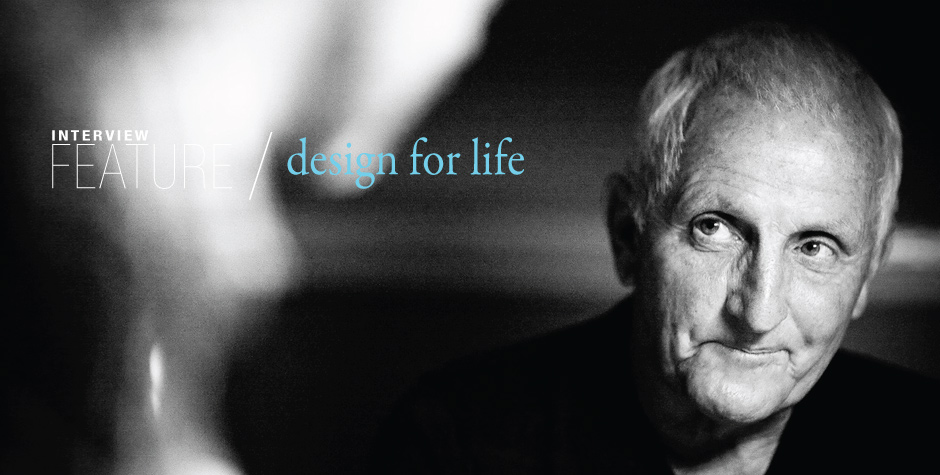



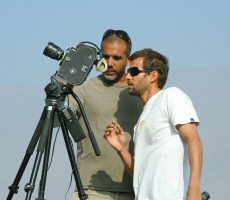

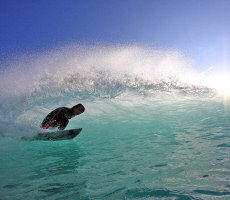
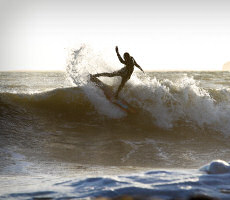
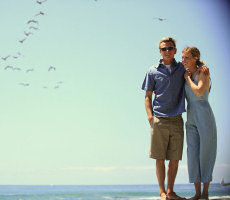


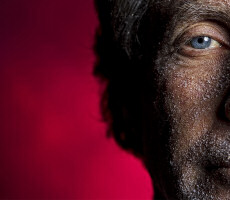
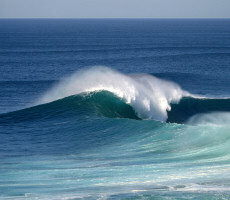

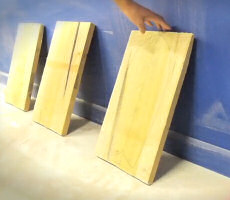
Great article Ryan! Dr. Belisa http://www.thebreathignclass.com
1